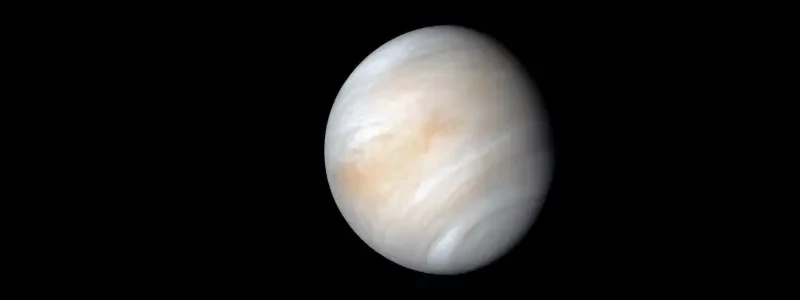Venus Planet: 10 Shocking Secrets and Space Missions Revealed
For thousands of years, Venus Planet has fascinated humans. Known as the “morning star” and “evening star,” it shines so brightly that only the Sun and Moon outshine it in the sky. But beyond its beauty lies a world of extremes, mysteries, and deadly conditions.
As one of the inner planets, Venus is often called Earth’s “twin” because of its size and rocky nature. Yet, while Earth thrives with life, Venus has become a hellish world of scorching heat, toxic clouds, and crushing pressure.
In this blog, we’ll uncover 10 incredible facts about Venus Planet—from its runaway greenhouse effect and volcanic surface to the historic and future space missions exploring this mysterious world.
1. Venus Is Almost Earth’s Twin in Size
- Diameter: 12,104 km (just slightly smaller than Earth’s 12,742 km).
- Mass: About 82% of Earth’s.
- Density: Nearly the same as Earth’s.
👉 Despite these similarities, Venus evolved into a completely different planet.
2. Venus Is the Hottest Planet in the Solar System
Even though Mercury is closest to the Sun, Venus is hotter. Why?
- Its atmosphere is 96% carbon dioxide.
- This creates a runaway greenhouse effect, trapping heat.
- Average surface temperature: 467°C (872°F)—enough to melt lead.
3. A Day on Venus Is Longer Than Its Year
- Venus rotates backward (retrograde rotation).
- One rotation = 243 Earth days.
- One orbit around the Sun = 225 Earth days.
👉 This means a day on Venus lasts longer than its year!
4. The Atmosphere Is Deadly
- Pressure: 91 times Earth’s (like being 1 km under the ocean).
- Clouds: Made of sulfuric acid droplets.
- Small meteors burn up before reaching the surface, which is why Venus has fewer small craters.
5. Venus May Have Once Had Oceans
Scientists believe Venus might have had liquid water for nearly 2 billion years. But closer proximity to the Sun triggered rapid evaporation, leading to permanent water loss.
👉 Today, only a high deuterium-to-hydrogen ratio in its atmosphere remains as evidence of its lost oceans.
6. The Surface Is Volcanic and Young
- About 70% of Venus’s surface is vast volcanic plains.
- More than 1,000 giant volcanoes exist.
- Features include shield volcanoes and coronae (unique crustal formations).
- Scientists think Venus may still have active volcanism today.
7. Global Resurfacing Changed the Planet
Unlike Earth, Venus doesn’t have plate tectonics. Instead, scientists believe that every few hundred million years, its entire surface is “recycled” in a catastrophic global resurfacing event.
This wiped away older craters, leaving the surface looking relatively young.
8. Venus Missions Have Revealed Its Secrets
Early Missions (1960s–70s)
- Mariner 2 (1962, NASA): First successful mission to another planet.
- Venera 4 (1967, USSR): First probe to send data from another planet’s atmosphere.
- Venera 7 (1970, USSR): First lander to survive on another planet (23 minutes).
Later Missions
- Magellan (1990–1994, NASA): Mapped 98% of Venus’s surface with radar.
- Venus Express (2005–2014, ESA): Found hints of active volcanoes.
9. The New Golden Age of Venus Exploration
The 2020s and 2030s will bring a new wave of missions:
- NASA DAVINCI (late 2020s): Will send a probe into Venus’s atmosphere.
- NASA VERITAS (2031+): Will create detailed radar maps to study geology.
- ESA EnVision (early 2030s): Will investigate Venus from its core to atmosphere.
- ISRO Shukrayaan (2024 projected): India’s first Venus orbiter, studying surface and atmosphere.
👉 Together, these missions aim to answer whether Venus was once habitable and if it’s still geologically active.
10. Venus Is a Cautionary Tale for Earth
Venus shows us what happens when a greenhouse effect runs out of control. Its story is a warning: planets like Earth and Venus can start the same way but end up on very different paths depending on climate balance.
Final Thoughts
The Venus Planet, an inner planet closest to the Sun after Mercury, is more than just Earth’s “twin.” It’s a world of extremes—searing heat, toxic skies, volcanic landscapes, and haunting mysteries.
With upcoming missions like DAVINCI, VERITAS, EnVision, and Shukrayaan, we’re on the edge of uncovering the truth about Venus’s past, its lost oceans, and its volcanic present.
👉 Venus is no longer just the “morning star” of mythology—it’s a scientific treasure and a warning for our own planet’s future.


Pingback: Earth: 15 Incredible Facts About Our Pale Blue Dot - Astronomers